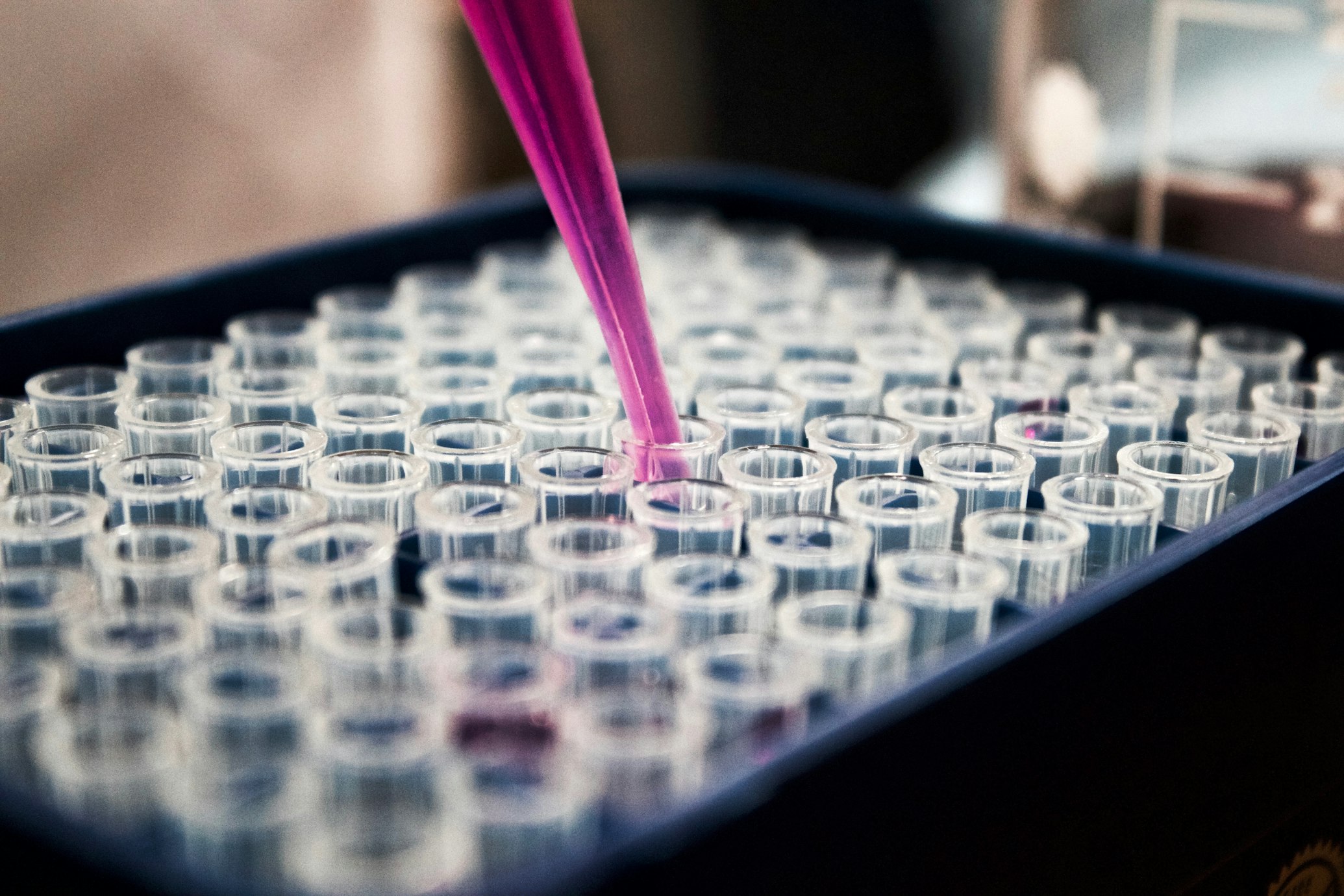From Fossil Fuel to Futuristic Material
Coal isn't just for burning anymore. As the world seeks sustainable energy storage, scientists have unlocked a startling secret: Coal's molecular structure makes it a near-perfect precursor for high-performance battery materials. Researchers have now transformed this abundant fossil resource into ultrathin, nitrogen-doped carbon nanosheets using an ingenious "molten-salt" method. These nanosheets deliver staggering lithium storage capacities—up to 727 mAh g⁻¹—dwarfing conventional graphite anodes (372 mAh g⁻¹) 1 2 . This alchemy not only boosts battery performance but could revolutionize how we value coal in a carbon-conscious world.
Key Advantage
Coal-derived nanosheets offer nearly double the capacity of traditional graphite anodes (727 vs. 372 mAh g⁻¹).
Innovation
Molten-salt method transforms coal into ultrathin (2-5 nm) nitrogen-doped carbon nanosheets.
The Science Behind the Transformation
Why Coal?
Coal's appeal lies in its natural nanostructure:
- Rich carbon networks with aromatic clusters that form robust conductive frameworks.
- Trace heteroatoms (like oxygen and sulfur) that enable chemical modification.
- Low-cost abundance as a globally available resource 1 3 .
Traditional graphite anodes suffer from sluggish ion transport and limited capacity. Coal-derived nanosheets solve this by combining structural flexibility with engineered porosity, creating highways for lithium ions.
The Molten-Salt Magic
The breakthrough hinges on a clever synthesis technique:
- Acid pretreatment: Raw coal is purified with nitric acid, removing minerals and adding oxygen groups for better reactivity.
- Salt bath assembly: The treated coal is mixed with a eutectic salt blend (e.g., LiCl/KCl or ZnCl₂/KCl) and a nitrogen source (like urea or melamine).
- High-temperature activation: Heated to 800–900°C, the salts melt into a polar solvent that exfoliates coal into atomically thin layers, templates nanopores via salt ion etching, and embeds nitrogen atoms into the carbon lattice 1 .
| Salt Component | Role in Synthesis | Impact on Structure |
|---|---|---|
| ZnCl₂ | Dehydration catalyst | Creates micropores (<2 nm) |
| KCl/LiCl | Low-melting solvent | Exfoliates coal into nanosheets |
| Urea | Nitrogen dopant | Introduces defects and active sites |
Why Thinner and Porous is Better
The molten-salt method yields nanosheets with three game-changing features:
(2–5 nm thick): Shortens lithium-ion diffusion paths.
Micropores (<2 nm) store ions, while mesopores (2–50 nm) enable rapid electrolyte access 3 .
Creates electron-rich defects that boost electrical conductivity and additional lithium binding sites 2 .
Inside the Breakthrough Experiment
Step-by-Step Synthesis
In the pivotal study by Gao et al. 1 :

- Raw material prep: Powdered coal was refluxed in nitric acid (6M, 24h) to remove impurities.
- Salt mixing: Acid-treated coal was blended with ZnCl₂/KCl salts and urea (mass ratio 1:2:0.5).
- Pyrolysis: The mixture was heated to 900°C (5°C/min) under argon, held for 2h, then cooled.
- Purification: Salt residues were washed away, leaving freestanding nanosheets.
Performance Results
When tested as lithium-ion battery anodes:
- High reversible capacity 727 mAh g⁻¹
- Outstanding rate performance 380 mAh g⁻¹ at 5 A g⁻¹
- Longevity 89% after 500 cycles
| Material | Capacity (mAh g⁻¹) | Cycle Stability | Rate Capability |
|---|---|---|---|
| Coal-based nanosheets | 727 (0.2 A g⁻¹) | 89% (500 cycles) | 380 (5 A g⁻¹) |
| Commercial graphite | 372 | >95% | <100 (5 A g⁻¹) |
| Silicon nanoparticles | >1000 | Poor | Moderate |
Why These Results Matter
- Defect-enabled storage: Nitrogen dopants and edges allow extra lithium adsorption beyond intercalation.
- Ion highway effect: Mesopores prevent electrolyte clogging, maintaining performance at high currents 3 .
The Scientist's Toolkit: Key Reagents Revealed
| Reagent | Function | Impact on Final Material |
|---|---|---|
| Nitric acid | Demineralizes coal; adds oxygen groups | Enhances salt miscibility and exfoliation |
| ZnCl₂ | Activates micropore formation; lowers melting point | Creates high surface area (>1000 m² g⁻¹) |
| Urea | Nitrogen source; gas generator (NH₃/CO₂) | Induces defects and expands carbon layers |
| KCl/LiCl | Low-melting solvent (melting point ~350°C) | Templates 2D morphology; prevents sheet restacking |


Beyond Lithium-Ion: Broader Implications
This technology isn't limited to batteries. Coal-derived nanosheets show promise in:
Hierarchical pores enable ultrafast ion adsorption, delivering high power density 3 .
High surface area and nitrogen sites capture heavy metals or CO₂.
Defect-rich edges serve as metal-free catalyst sites 2 .
Critically, this approach repurposes coal without combustion, potentially reducing its carbon footprint. As one study notes: "Converting coal to functional carbon materials enhances its economic advantages while aligning with sustainable design" 1 .

Conclusion: A New Chapter for an Old Resource
The molten-salt method turns coal—a symbol of the fossil fuel era—into a cutting-edge material for the clean energy transition. By exploiting coal's inherent carbon structure and combining it with nanoscale engineering, researchers have created an anode material that outperforms costly alternatives. As demand for energy storage soars, such innovations prove that even the most traditional resources can have a dazzling high-tech future.
